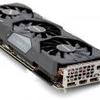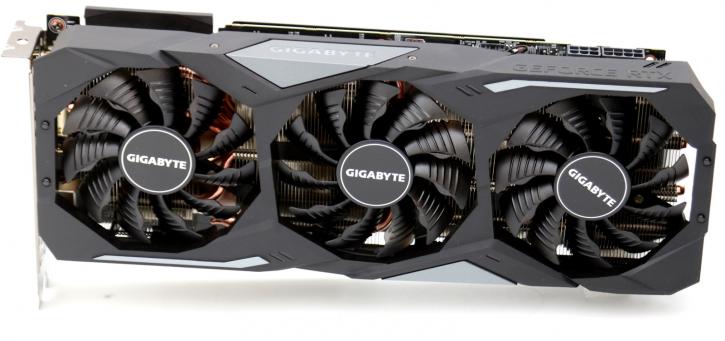Introduction
Gigabyte GeForce RTX 2080 GAMING OC 8G review
Gigabyte is outing their GeForce RTX series graphics cards as well, in this review we look at their brand new GeForce RTX 2080, and in specific the GAMING OC 8G edition. Armed with tensor and raytracing processors this model comes slightly tweaked in the clock frequency. Next to that is has been armed with a feisty WINDFORCE 3X Cooling System.
We've already covered a lot of new technology as the Turing architecture of the new GPUs offers a fundamental change in the graphics card arena as, next to your normal shading engine, NVIDIA has added RT (Raytracing) cores, as well as Tensor (AI) cores into the new GPUs, and these are active. Is Turing the start of the next 20 years of gaming graphics? Well, that all depends on the actual adoption rate in the software houses, with the guys and girls that develop games. A dozen or so RTX games are in development and a dozen or so announced titles will make use of deep learning DLSS utilizing the Tensor cores. For the new RTX series, it's mostly about Raytracing though. So welcome to a long row of RTX reviews. We start off with the reference cards and will follow with the AIB cards as, for whatever reason, NVIDIA figured it to be an okay thing for them to launch everything at once. First a quick recap of what's tested in this article, a bit of architecture and then we'll dive into real-world testing of course. Starting November 20th of the year 2018 you will see two products become available, a GeForce RTX 2070 will follow later in October. The GeForce RTX 2080 then; this graphics card series will not have the full shader count and GPU as the 2080 Ti, in fact, it even has its own GPU called the TU104. This card will get 2944 shader processors (also referred to as Stream or Cuda cores) active based on that TU104 GPU running a base clock of 1515 MHz with Boost frequencies running upwards to 1800 MHz. The TU104 chip contains six GPCs, 48 SMs, and eight 32-bit memory controllers (256-bit total). Each SM includes 64 shader processors, 256 KB register file, 96 KB L1 data cache/shared memory cache, and four texture units. The full TU104 chip contains 13.6 Billion transistors and includes 3072 shader processors, 368 Tensor Cores, and 48 RT Cores. So yes, the RTX 2080 is cut down. One x8 NVLink link is activated providing 25 GB/sec of bandwidth in each direction (50 GB/sec total bandwidth). Keep in mind that the clocks and TDPs will be different here and there, AIB partners obviously have different factory tweaked products. The GDDR6 memory will get tied to a 256-bit bus, and depending on the clock frequency, we are looking at 448 GB/sec. It is a product that will start at 699 USD for the AIB partner products, and 799 for the Founders editions. This product will have a 225 Watt TDP. Will the 2080 rip a hole on that FPS ceiling? Well, let's find out and also show you a trick or two on Raytracing and DLSS, of course.
The Gigabyte RTX 2080 GAMING OC thus has been fitted with that Turing TU104 based GPU and is a product series that is released to replace the GeForce GTX 1080. The graphics card is all customized and was fitted with Gigabytes latest model WINDFORCE 3X cooler. The cooler is once again direct heatpipe touch based, meaning the heatpipes actually sit on top of the GPU. Much like many premium graphics cards up-to 60 Degrees C the card will passive mode, e.g. the fans will not spin. The WINDFORCE 3X cooler is now embedded with a top side RGB LED logo which can be color controlled and animated. You will spot two power connectors (one 6 and one 8-pin) and at the backside, you'll find a matte black solid backplate, unfortunately, is it completely closed.
The Gigabyte RTX 2080 GAMING OC has a slightly increased clock frequency of 15 MHz and the memory runs at reference frequencies (8192 MB GDDR6 / 14 GHz effective data-rate). With the help of XTREME ENGINE software by pressing a button the card will go into OC mode and gets an extra 15 MHz tweak. That OC mode requires you to have the software active at all times. Here at Guru3D test out of the box (BIOS) clocks, hence we will not use software modes. We'll start with a product overview in the photo-shoot, but have a quick peek first.


